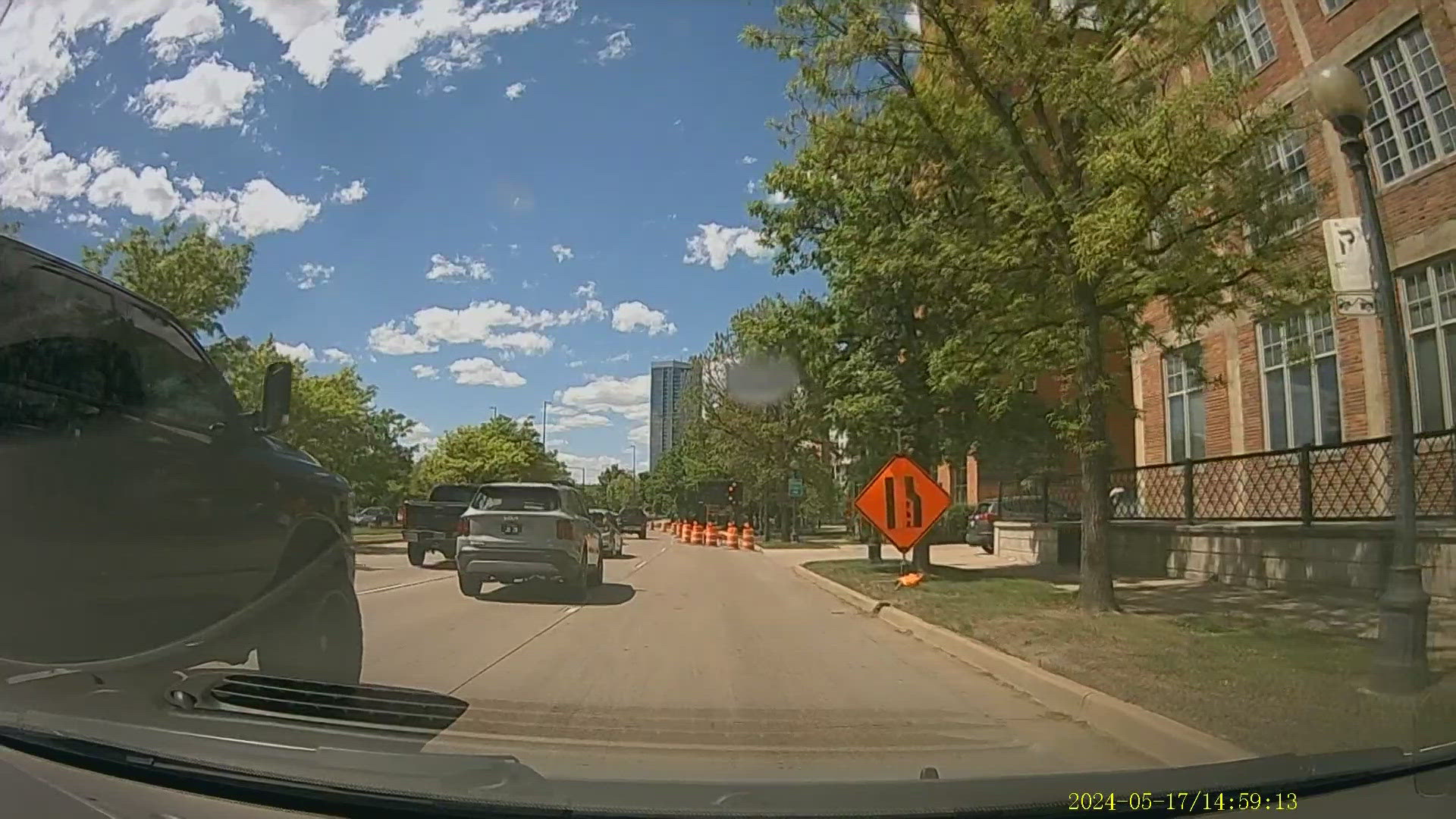DENVER — Colorado drivers seem near universal in wanting the “zipper” to be an official logo of construction zones.
Zipper merging is the concept of driving in a closing lane to the end before merging with the next traffic lane.
One car from the ending lane, one car from the existing lane. Back and forth.
“Well, I just thought it was called merging,” Centennial driver Sally Farrell said.
Farrell was among the more than 100 people to email Next with Kyle Clark immediately following Friday’s story on how to “Zip it, Colorado.”
“If states or cities or whatever would make the investment in signs. You have to have the signs well in advance of where this merge point is going to be, and then by the time you get there, everybody knows what’s going to happen,” Farrell said. “And then, if you’re in the lane that has to merge, the people in the other lane are happy to let you in, and it goes one right after the other and it goes really, really well.”
“Lane closure signage should be closer to the closure, to facilitate people doing the zipper,” Aurora driver Larry Steele said.
Several people had that suggestion following our example of how to properly zipper merge at the lane closures on northbound Speer Boulevard at Wewatta Street, right in front of Ball Arena.
Since both the Colorado Avalanche and Denver Nuggets lost over the weekend, the NHL and NBA seasons are over at Ball Area. With fewer events at the area, the city of Denver will soon also close two southbound lanes of Speer Boulevard approaching Wewatta Street. The closures are part of bridge rehab.
A spokeswoman for the city’s Department of Transportation and Infrastructure said that no additional signage will be added to the construction project.
“[Federal Highway Administration] research and experimentation on the use of late merge signage – what works best – is relatively new and the application has been more geared toward freeway/highway environments,” the spokeswoman said.
The Colorado Department of Transportation has some signage about zipper merging, without using the term.
At the Sixth Avenue on-ramp to northbound Interstate 25, there are two lanes and a yellow sign that says, “Right Lane Ends – Use Both Lanes During Congestion.”
Nearby, on westbound Sixth Avenue from I-25, three lanes eventually reduce to one. When it goes from three to two, there is a sign that says, “This lane ends – 1,000 feet.”
Then, when it goes from two lanes to one, there is an overhead sign that says “Merge” with an arrow pointing left.
“On the digital signs, put some graphics on there that show how to zipper,” Steele said.
His suggestion was to use a GIF, like a moving zipper animation, on the digital signs that only allow for text.
Farrell even suggested teaching about the zipper merge before you get a license.
“When you get your driver’s license or you’re moving into a new area, there is a pamphlet or whatever that you read to make sure you can pass the driving test or whatever, and it [should have], ‘in this state we do zipper merging,’” Farrell said. “If people know that that’s going to happen, even the lane you’re merging into, they’re not mad at you because you merge.”
And do not forget that when you zipper, we have a signal for that.
It basically starts with the peace sign, and then you close your fingers together to show they have combined into one.
SUGGESTED VIDEOS: Next with Kyle Clark

